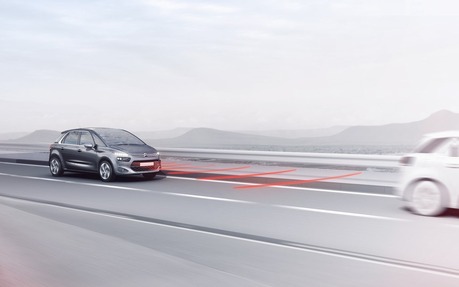New Safety Systems: Explore And Learn
These days, almost all cars come with advanced safety systems designed to prevent accidents or protect passengers in case of impact. Recently, major advancements have been made with electronic safety systems, like those that alert you if there’s a car in your blind spot. Adaptive cruise control automatically adjusts the distance between your car and the one in front of you, and some vehicles equipped with more sophisticated systems will even stop themselves if an obstacle is detected in front of them. Then of course are the various sensors that inform you of any people, objects or vehicles in front of or behind your car.
These systems work automatically, but it’s important to know what they’re all about, otherwise you might find yourself panicking and thinking your car has stalled, when really it stopped because it detected an obstacle in its path. Other systems, like adaptive cruise control, need to be programmed and require information about your needs and driving conditions.
Some people have a nasty habit of deactivating all systems, which they justify with excuses like 'the warning signal is too noisy' or 'the lateral stability control hinders sporty driving'. Doing away with safety systems is acceptable when driving on a track, but it’s almost criminal in traffic.
What’s interesting about all of this is the speed at which these different safety systems are being developed. We now have systems to correct driver errors, realign a vehicle’s trajectory or halt the vehicle when there’s no better option available. Increasingly, this equipment is being included on affordable vehicles, too, which should help save more lives.
